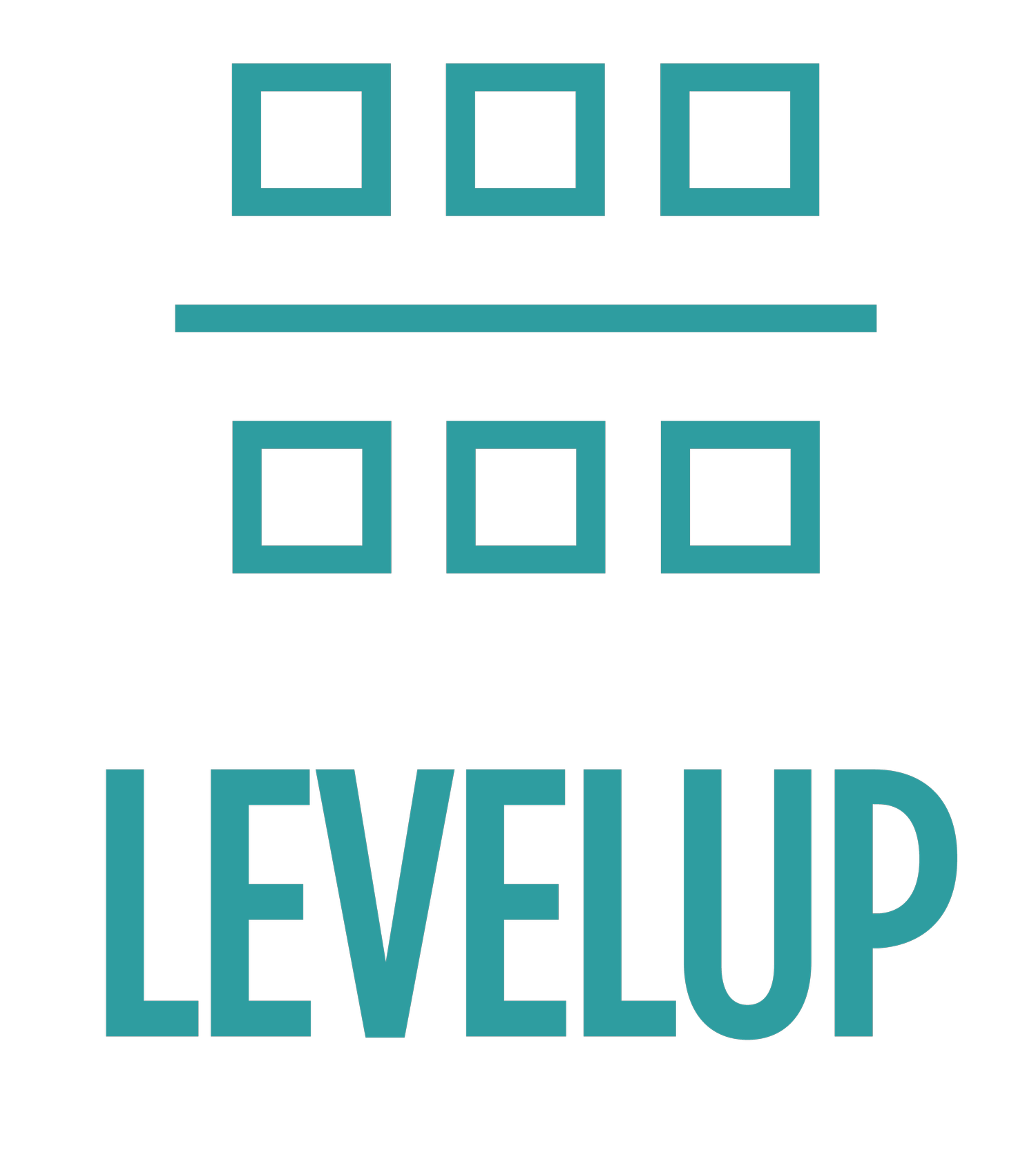Guide to Rolling out your LevelUp Leveling Framework
Congratulations on completing your LevelUp framework! Rolling out a leveling framework signals your company's commitment to fair and transparent performance assessment and career development. This guide will walk you through the key steps and best practices to ensure a successful rollout that resonates with your employees.
Pre-Launch Steps
A successful roll out starts with thoughtful preparation. Before announcing your framework, ensure the groundwork is laid for consistent implementation and clear communication. These steps create the foundation for everything that follows.
Complete Level Mapping (if needed): Map each employee to their appropriate level, validating with managers. Align on an approach to handle level/title mismatches
Prepare Communication Materials: Align on dates and owners in the Communication Plan template and customize the Manager Talking Points and FAQs (all provided by the LevelUp team).
Prepare Managers
Your managers are key to a successful implementation. They'll be the ones bringing the framework to life in daily conversations and decisions. Supporting managers in first understanding how the leveling framework impacts them personally, and then their team, helps with change management and adoption.
Share levels: Meet 1:1 with managers to review their own level, their team’s levels and to address any concerns or questions.
Conduct manager training sessions: Bring managers together to review the purpose and structure of the framework, offer tips on how to utilize the framework for feedback and growth, and prepare them to have 1:1 conversations with their team members about their level and level expectations.
Company-wide Launch
A thoughtful company-wide announcement builds excitement and trust. This is your opportunity to share the 'why' behind the framework and help employees see how it will support their growth and development.
Announce at an all-employee forum: Share what purpose and benefits of the framework, explain level structure and expectations and share a timeline for any next steps.
Make the framework accessible: Publish the framework in a central location that is easily accessible.
Individual Roll-out
Individual conversations turn the framework from a document into a personal growth tool. This is where employees begin to see how the framework applies to their specific role and career journey.
Managers host 1:1 conversations: Share individual levels (if needed) and walk through the expectations. Managers should “translate” the expectations for the employee’s role and schedule follow-up discussions as needed.
Best Practices
These practices will ensure your framework becomes a valuable, living part of your organization.
Make it relevant: Teach managers to translate framework expectations into role-specific examples and concrete behaviors that resonate with each team's day-to-day work.
Keep it active: Integrate the framework into regular conversations, from 1:1s to performance reviews, using it as a consistent tool for feedback and development discussions.
Focus on growth: Frame the framework as a tool for development, helping employees see clear pathways for advancement and skill building
Maintain transparency: Foster trust through clear, consistent communication about how the framework is used in decision-making around performance, promotions, and compensation

